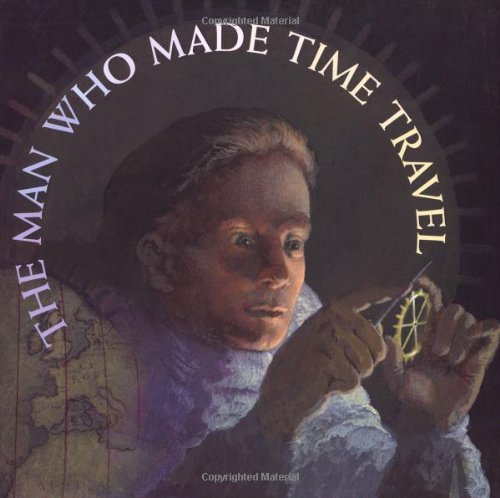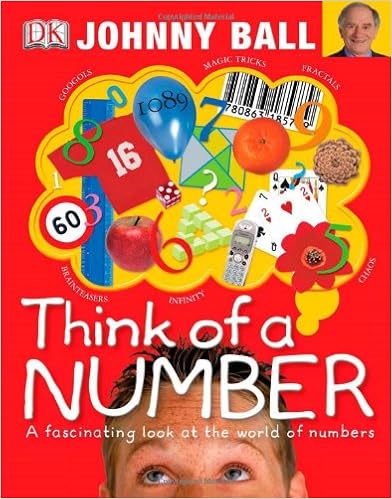It has been a while since I've shared what we're doing in math.
At our house, we like math. This really does not have a lot to do with me. My eldest son had an early delight in math, and I decided then that I would do what I could to feed that joy and not take it away from him. My second son loves math as well.
We began in Kindergarten with Miquon Math. Miquon Math is a strong (and inexpensive) hands-on program using Cuisenaire rods. We enjoyed it a lot, and I will be using it this summer with JJ(5) when he begins Year 1. Even though SA stopped using the rods relatively early (he seems to have an ability to see things in his head), I think it was important for him to have that hands-on foundation.
In our third term of Year 1, we switched to Singapore Math Primary Math 2A. I had just had a baby, and I needed something a little less time-consuming for me than Miquon. SA wasn't really using the rods anymore anyway. I also planned a math game or activity from Family Math or Games for Math once a week.
This year (SA's Year 2), we fell into some less than delightful habits with math. Because I never really had to teach SA anything in Singapore (it builds concepts step by step, and he followed along easily by himself), I found that it became something to check off the checklist. Usually he was done his daily exercise within ten minutes and we went on to the next thing. There was very little delight in it anymore, and I found that we weren't even having the regular, everyday conversations about math that he had always initiated. I also lost momentum with the weekly supplementary math activities, as it was hard to find time to plan them. We probably did them only six out of twelve weeks each term. I still thought of Singapore as a solid program, and felt that the way it built the concepts step by step suited SA very well. It also gave exactly the right amount of practice for him...not too much to bore him, but enough to develop fluency. I felt like we were plodding along steadily, which is fine except that there is not a lot of joy in plodding when you could be flying! I knew he could fly, and felt I was letting him down.
This term he began grade 3 math, and I made a new plan. I was inspired by a post at the Ambleside Online forum (thanks to Kati AKA PurposefulAbegnation) to consider a three-strand approach to math. Kati recommended specific resources to teach the Truth (arithmetic, number sense), Goodness (problem solving/puzzles/patterns), and Beauty (inspiration) of mathematics. I don't necessarily divide it like that (there's a lot of overlap between truth, goodness, and beauty) and for various reasons I didn't go with her specific suggestions, but I was excited about the idea of three strands, and based my plan on it.
I should say here that this plan is quite involved, and I am NOT saying that your plan needs to be this detailed. This is one plan for one child who happens to love math, and I want to lay out a feast for his delight.
Strand 1: Arithmetic - Three 20-minute Lessons per week
Singapore Math and Dreambox.com
This is our basic, core strand to master arithmetic and develop fluency. I am continuing to use the Singapore Math workbooks. Primary Math is a mastery program. It teaches the concepts step by step, building on what has gone before. I find that a mastery program suits SA very well, as he likes to dive into concepts until he understands them. He also does not forget what he has learned before, so the periodic reviews are enough for him.
Rather than letting him plod through each exercise, I have lengthened our math lesson to twenty minutes. When he is finished with his daily Singapore exercise, whether it takes him five or fifteen minutes, he uses his remaining minutes on Dreambox Learning to develop fluency.
Dreambox learning is simply the best online math program I have seen. It is also quite pricey. I may have to go back to Khan Academy (which is free) before too long, but for the moment I am loving Dreambox. What's the difference between the two, you ask? Both teach to mastery, allowing students to move on when concepts are mastered. Khan Academy teaches using video with a teacher speaking and showing examples on the screen. Dreambox is more appealing to younger children, teaching interactively using virtual manipulatives. There is a two-week free trial at the website, but beware... you may get hooked and decide to keep paying!
Why do I use both Singapore and Dreambox and not just one or the other? I like having Singapore as the foundation of my program. I know it and trust it as a solid mastery program. At the same time, it can be a little boring day after day. I like supplementing with Dreambox because it is fun and motivating. I suppose I could use just Dreambox, but I don't feel I know it well enough yet to place that much trust in it. It is also quite expensive and I can't commit to that long-term right now. However, using Dreambox time as a supplement has become a natural motivator for SA to move quickly and cheerfully through his Singapore exercise every day.
I am planning to skip ten exercises in the Singapore workbooks as I go along in order to finish them in one year doing three exercises per week.
Strand 2: Problem Solving and Puzzles - Two 20-minute Lessons per week
MEP Math (Lesson Plans only), Family Math, Games for Math
This is real math, the kind that is fun and requires creative thinking, trial and error, and persistence. This is what I miss in programs like Singapore, and it is something SA needs. He is rarely challenged by his regular math, and it is good for him to have things to puzzle out.
I was very tempted by Beast Academy (though I must say the cartoon-ish look doesn't attract me at all). However, shipping is fairly expensive from the US to Canada, and since I'm already spending a lot on Dreambox, I decided to go with free resources and things I already have.
I looked into MEP Math when I was starting, as it is fairly popular among Ambleside Online users. At the time, I rejected it because I felt the spiral approach was not a good fit for SA, as it would not allow him to immerse himself in a topic until it is mastered. (I still think that...that's why this is not my main program.). However, the strength of this program is in its problem solving and puzzles. I also appreciate that it is easy to use and free!
I am mainly using the Lesson Plans, not necessarily the Practice Books for grade 3 (unless the lesson plan involves a problem from a practice book). The program has four 45-minute lesson plans per week. Since I am spending less than one quarter of that time on this, I am selective in the activities and problems that I think will be interesting and challenging for SA. Then we have fun figuring them out.
I also plan to pull out Family Math and Games for Math for an activity or game now and then.
Strand 3: Inspiration - One Lesson per week
Living books, Biographies, YouTube Videos
I really believe that math is the expression of the glory of God in the order He built into the universe. I want my children to see that. I want to foster a sense of wonder. I also want them to be inspired by the history of math, getting to know great ideas and inspiring people.
For this, we read books and watch videos and have conversations along the way. I added "one lesson per week" to my plan to remind myself not to forget this aspect.
Today we read The Man Who Made Time Travel by Kathryn Lasky, a wonderful biography of John Harrison. Harrison was a British clockmaker who worked almost all his life inventing clocks that would keep accurate time even at sea. This allowed sailors to calculate their longitude as they compared the time in their location with the time at home.
Last week we watched a YouTube video detailing a little bit of the history of math. Then we had some fun figuring out Roman numerals.
I just picked up a book at the library called Think of a Number by Johnny Ball. I am not terribly keen on its layout...it is one of those busy, visually overwhelming books with too many ideas on every page. However, the ideas in it are wonderful, and I think I could use it as a guide to begin to introduce quite a few "captain ideas." It is divided into four sections:
"Where do NUMBERS come from?" has history about Egyptian, Mayan and Roman, and Indian numbers.
"MAGIC Numbers" has pages on Magic squares, the Fibonacci sequence, the golden ratio, Pi, Pascal's triangle, and more.
"SHAPING up" is about geometry: hexaflexagons, shapes in nature, Platonic solids, and more.
"The world of MATHS" has a timeline of great mathematicians and a number of interesting ideas such as chaos and "freaky fractals."
I started implementing this plan a little over two weeks ago, and I'm very pleased with how it's going. We are doing more math than we used to (twenty minutes per day instead of five to ten minutes per day), but I feel that is appropriate for SA, given his interest in math. I feel it is more balanced with the rest of the work we do, now. We are also doing arithmetic less often (three instead of four or five days per week) in favour of more interesting and challenging problem-solving. Most importantly of all, I think, we are spending some time every week exploring ideas and meeting inspiring people from history.

